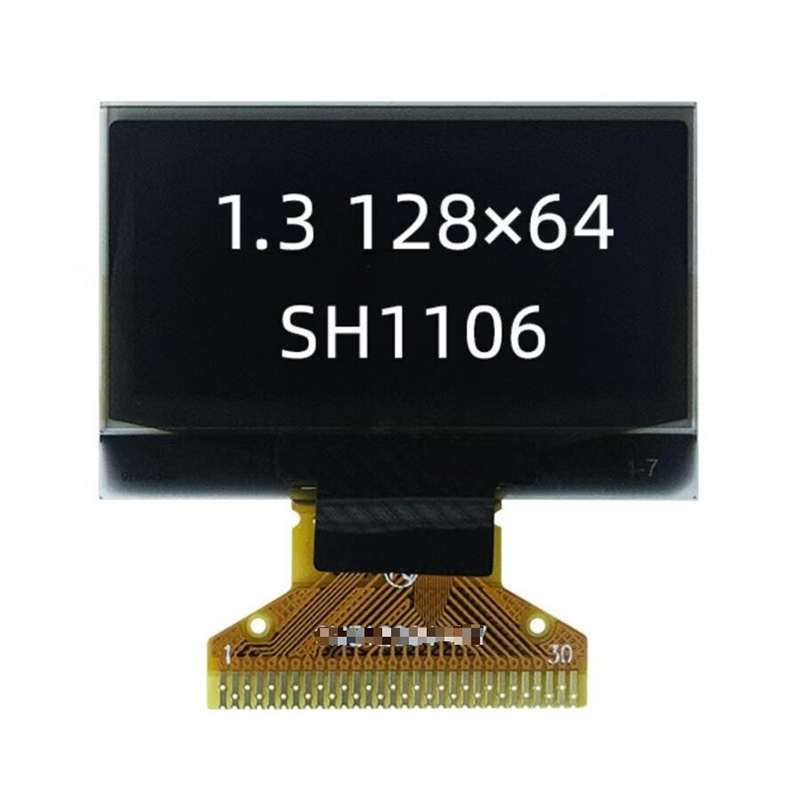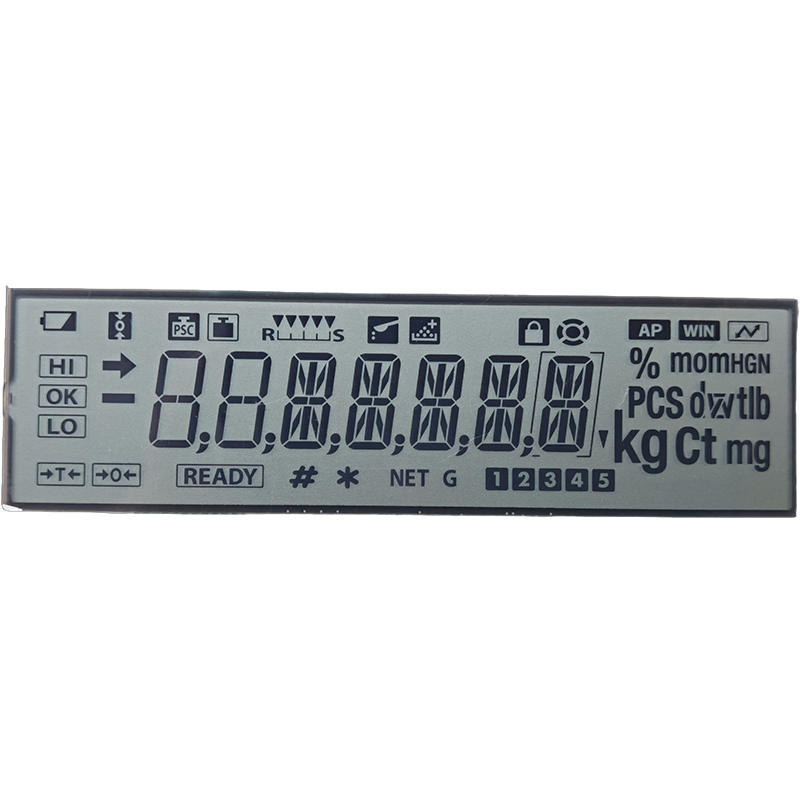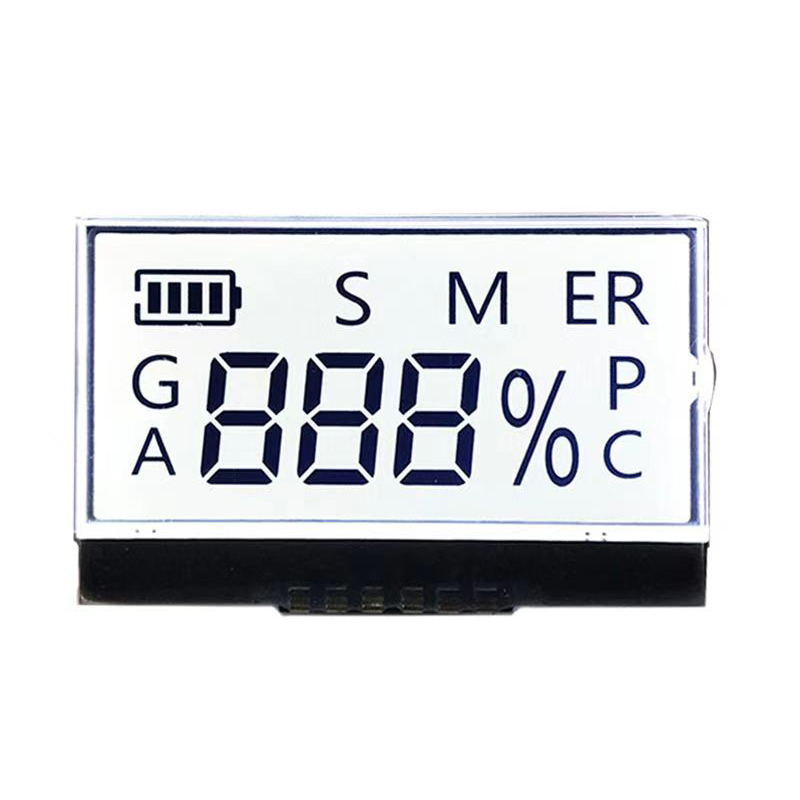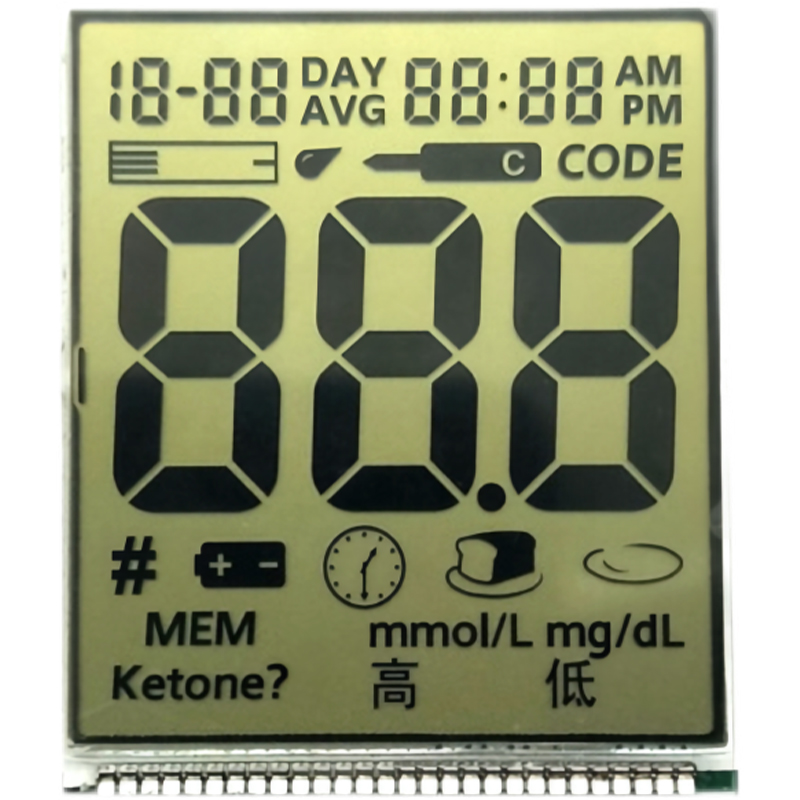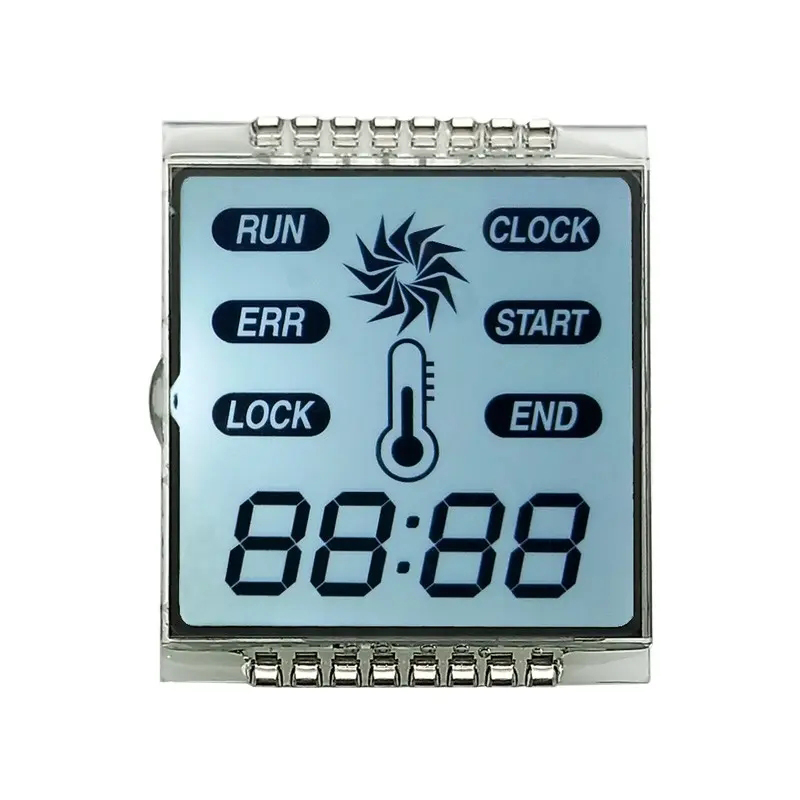
This comprehensive guide explores the world of colour TFT displays, providing a deep dive into their specifications, applications, and selection criteria. We'll cover everything from basic terminology to advanced considerations, helping you choose the perfect display for your project. Learn about different technologies, resolutions, and factors influencing display quality and performance. Discover how to match the right colour TFT display to your specific needs and budget.
A colour TFT display (Thin-Film Transistor) is a type of liquid crystal display (LCD) that uses TFT technology to control each pixel individually. This allows for high-resolution images with vibrant colours and sharp details. Unlike passive-matrix LCDs, TFT displays offer significantly faster response times and better contrast ratios, making them ideal for applications requiring dynamic visuals. The technology behind colour TFT displays involves a thin layer of transistors on a glass substrate that controls the voltage applied to each liquid crystal, resulting in precise and accurate colour reproduction.
Resolution, expressed in pixels (e.g., 800x480, 1024x768), determines the sharpness and clarity of the image. Higher resolutions generally lead to crisper visuals but also increase the display's complexity and cost. Consider your application's requirements when selecting a resolution. A high-resolution colour TFT display is often necessary for applications like detailed image viewing or complex user interfaces, while lower resolution may suffice for simpler applications.
The viewing angle determines how much the image quality changes as you view the screen from different angles. Wider viewing angles offer a more consistent image regardless of the viewing position. This is especially important for applications where multiple viewers may need to see the display from various perspectives.
Response time, measured in milliseconds (ms), represents the time it takes for a pixel to change from one colour to another. Faster response times are crucial for applications like gaming or video playback, reducing motion blur and ghosting. A quick response time is a key feature of a high-quality colour TFT display.
Brightness (measured in cd/m2) and contrast ratio influence the display's visibility and image quality in different lighting conditions. Higher brightness makes the screen visible even in bright environments, while a high contrast ratio improves the distinction between dark and light areas, leading to richer, more vibrant images. The optimal brightness and contrast for a colour TFT display will depend heavily on its intended application and environment.
The interface determines how the display connects to the controlling device. Common interfaces include parallel, serial (SPI, I2C), and LVDS. Choosing the correct interface is vital for compatibility with your system and to ensure proper data transmission.
Selecting the appropriate colour TFT display depends on your specific application and requirements. Consider the following factors:
Several types of colour TFT displays cater to different needs. These can include variations in backlight technology (LED backlighting is common), touch screen capabilities, and specific features for industrial or automotive applications.
For high-quality colour TFT displays and expert advice, consider exploring reputable suppliers such as Dalian Eastern Display Co., Ltd.. They offer a wide range of options to suit various applications and budgets. Remember to thoroughly research different suppliers and compare their offerings before making a purchase.
| Feature | Importance |
|---|---|
| Resolution | High resolution is essential for sharp images. |
| Brightness | Crucial for visibility in various lighting conditions. |
| Response Time | Important for reducing motion blur in dynamic content. |
Remember to carefully consider all specifications before selecting a colour TFT display to ensure it perfectly meets your project's needs and delivers optimal performance.


